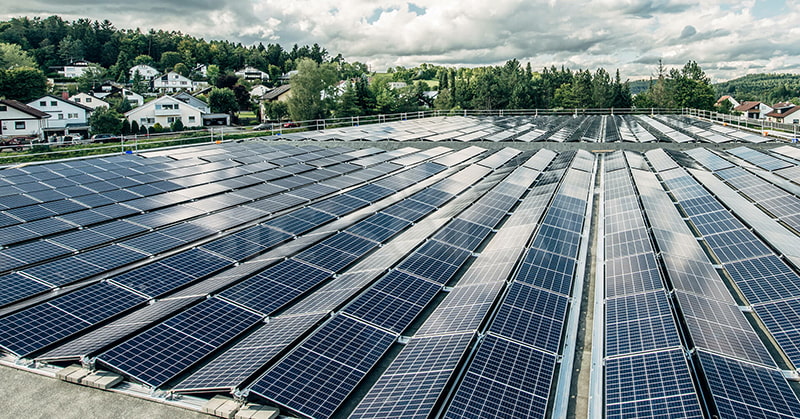What Maintenance Do Solar Mounting Systems Require?
While solar energy systems are known for their low maintenance requirements, the longevity and efficiency of solar panels are heavily dependent on the condition of their mounting systems.
1. Inspection for Physical Damage
- Regular visual inspections are crucial to identify any signs of physical damage, such as bent or broken components. SIC Solar robust systems are designed to withstand harsh weather conditions, but regular checks ensure ongoing integrity.
2. Checking for Secure Fastenings
- It's important to ensure that all fastenings, including bolts, clamps, and anchors, remain tight and secure. Over time, these can loosen due to environmental factors, and SIC Solar recommends periodic tightening to maintain structural stability.
3. Cleaning Solar Panels
- Dust, dirt, and debris can accumulate on solar panels, reducing their efficiency. While the mounting system itself doesn't require cleaning, ensuring that the panels are clean indirectly affects the system's performance.
4. Monitoring Mounting Angles
- If your solar mounting system is adjustable, it's important to ensure that the panels remain at the optimal angle for sunlight exposure. SIC Solar systems are easy to adjust, allowing for seasonal changes in the sun's position.
5. Assessing for Structural Stability
- Periodically, the structural stability of the mounting system should be assessed, especially after severe weather events. SIC Solar durable systems are built to last, but inspections can preempt any potential issues.
6. Checking for Corrosion
- Although SIC Solar uses high-quality, corrosion-resistant materials, it's still important to check for signs of corrosion. Early detection can prevent long-term damage and system failure.
7. Evaluating Ground Conditions
- For ground-mounted systems, the condition of the soil and the surrounding area should be evaluated. SIC Solar ground screws and mounts are designed for stability, but ground shifts can affect alignment.
8. Inspecting Roof Integrity
- For roof-mounted systems, the integrity of the roof itself should be inspected, especially if the roof is older or in a state of repair. SIC Solar lightweight systems minimize stress on roofs, but the underlying structure must be sound.
9. Looking for Signs of Wear
- Over time, all materials can show signs of wear. Regularly inspecting the mounting system for signs of wear can help in planning for maintenance or replacement of parts.
10. Professional Maintenance Services
- SIC Solar offers professional maintenance services to ensure that your solar mounting system remains in top condition. Their technicians are trained to identify and address any issues promptly.
11. Software Updates for Smart Systems
- If your solar mounting system includes smart monitoring technology, ensure that the software is up to date. SIC Solar systems can be integrated with the latest monitoring software for optimal performance.
12. Record Keeping
- Keeping a record of all maintenance activities can help in identifying patterns and planning for future maintenance. SIC Solar supports customers with maintenance logs and service history.
Proper maintenance of your solar mounting system is key to ensuring the efficiency and longevity of your solar power investment. SIC Solar high-quality systems are designed for minimal maintenance, but following these practices will help you get the most out of your solar panels. By staying vigilant and proactive with maintenance, you can enjoy the benefits of clean, renewable energy for many years to come with SIC Solar support.

评论
发表评论